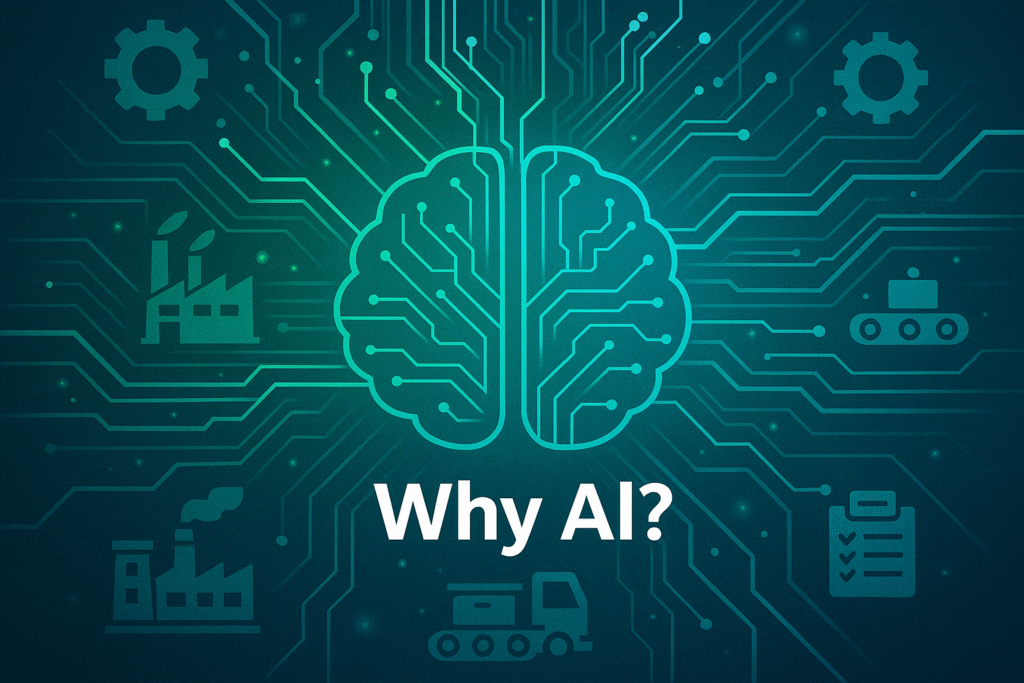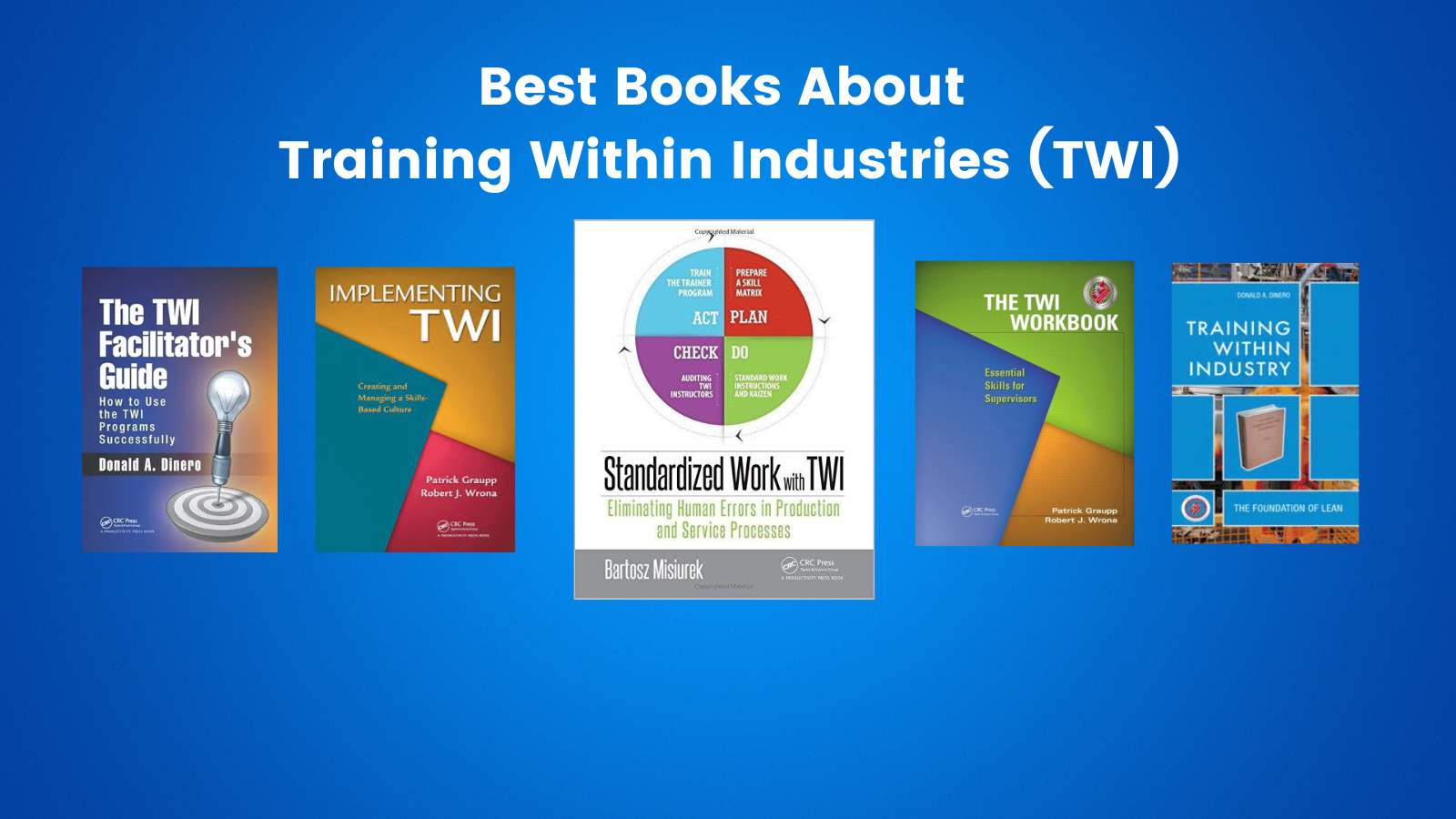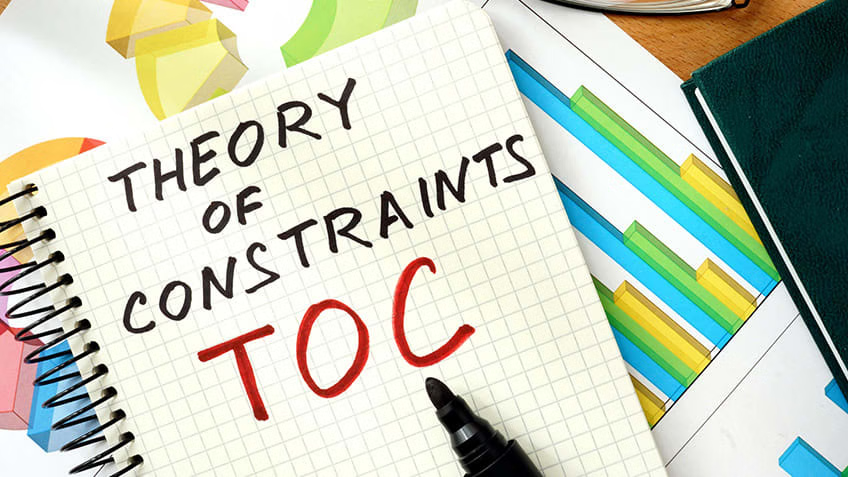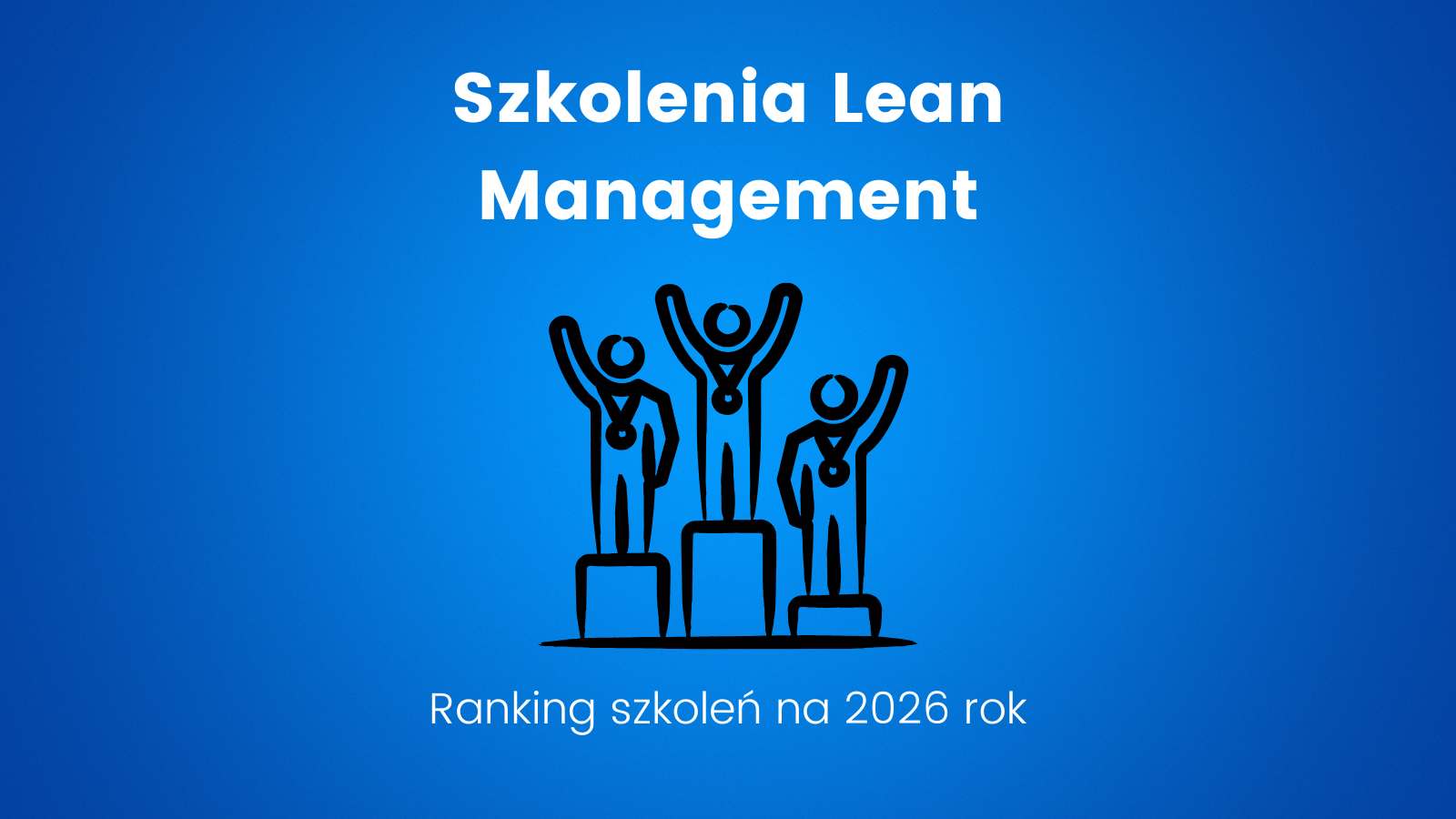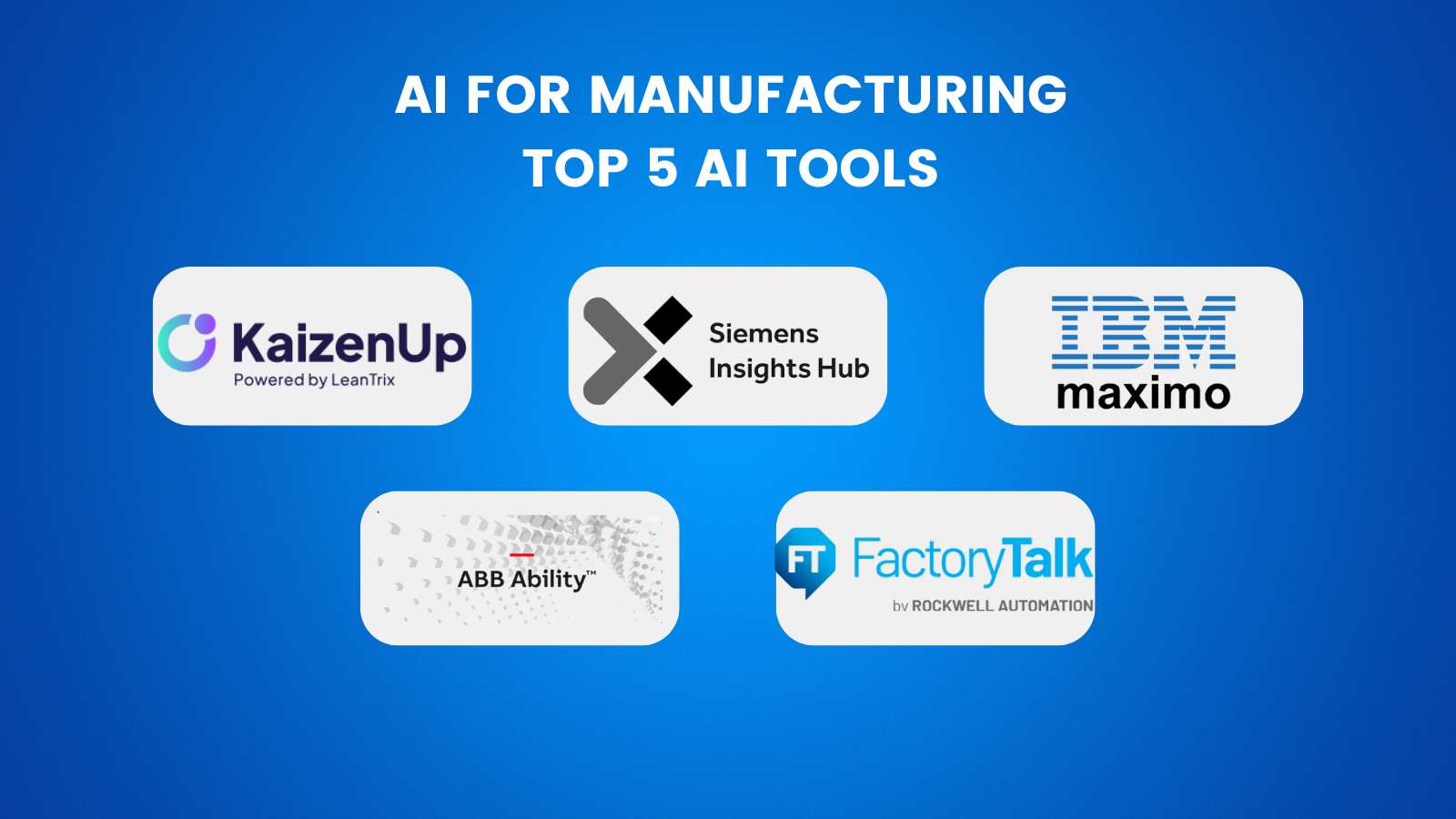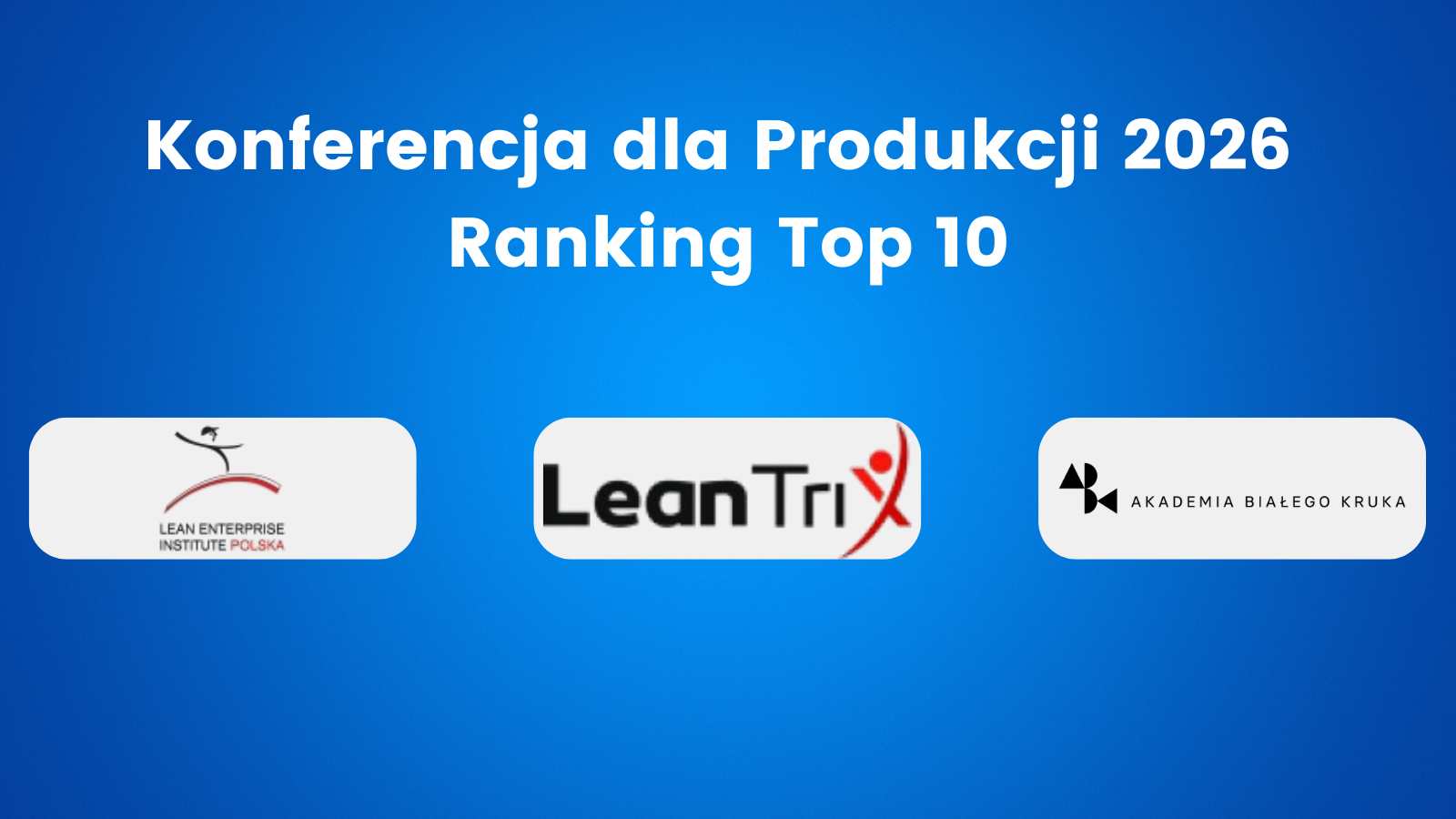Why AI Is Transforming Lean Management: Integrating Artificial Intelligence for Smarter Continuous Improvement
Why AI is critical to the future of continuous improvement and data-driven methods, my article reveals how AI seamlessly fits into Lean systems thinking and continuous
To learn more about prompt engineering and AI tools for manufacturing, read our articles What is Prompt? and AI for Manufacturing – Top 5 Tools Ranking for 2025. For a broader overview of the subject, explore Artificial intelligence.
improvement frameworks. By demystifying AI, this piece shows you how to harness its potential for business growth while staying true to the core principles of Lean Management.
Table of Contents
ToggleThe Evolution of AI and Its Roots in Lean Management
AI’s evolution—from mathematical models to modern machine learning—mirrors the methodologies of Lean management. Both disciplines focus on eliminating waste, optimizing processes, and enabling continuous improvement. By tracing the history of AI back to the operations research (OR) and industrial engineering principles I studied, we realize AI isn’t as foreign to Lean as some might think.
The Foundations of AI: Operations Research and Industrial Engineering
The core techniques underlying AI—linear programming, queuing theory, simulation, optimization, and multiple regression analysis—were originally part of OR and industrial engineering. These mathematical disciplines offered structured frameworks to solve complex problems, improve systems, and make data-driven decisions. As an engineering student and later MBA graduate specializing in Operations Management, I learned to view challenges as interconnected systems composed of processes, constraints, and decisions. AI’s modern algorithms build on this systems-thinking approach.
From OR to Data Science: How the Practices Converge
What started as mathematical modeling in OR evolved into the interdisciplinary field of data science. The techniques I mastered decades ago—like multiple regression analysis, simulation, and optimization—now appear in the toolbox of data scientists. Similarly, the same goals persist: gain insight from data and drive smarter decision-making. Modern AI simply leverages more data and computing power to achieve similar objectives.
My career path reflects this continuity. Although I was offered a position in an Operations Research department early on, I began my career at John Deere as a manufacturing engineer. However, I continued applying quantitative tools—most notably when negotiating prices with an aerospace company. By using multiple regression analysis, we highlighted cost drivers and validated our pricing logic. This experience led to my first Vice President role, proving that data-driven insights can deliver tangible business results, whether you call it OR, data science, or AI.
s and more powerful computing. If you understand operations research and Lean, you already understand why AI fits naturally into the continuous improvement toolbox.
Why AI Enhances Lean Methodologies
Lean management is built on a set of timeless principles: focus on customer value, map the value stream, eliminate waste, flow value at the pull of the customer, and pursue perfection. For decades these principles have helped organizations improve quality, reduce cost and shorten lead times. Yet Lean has also evolved with technology. In the early days practitioners used paper kanban cards and manual takt boards; today we rely on digital dashboards and enterprise resource planning systems. Why AI matters now is because it enables us to enhance these Lean methods in ways that were previously impossible. AI algorithms can analyse vast amounts of operational data to find patterns that humans might miss. For example, predictive maintenance models can forecast when a machine is likely to fail, allowing us to schedule repairs during planned downtime and avoid expensive breakdowns. Computer vision systems can inspect products for defects with greater precision than human inspectors, increasing quality and reducing rework. Natural language processing can automatically classify customer feedback to reveal hidden complaints and improvement opportunities.
One of the core Lean tools is value stream mapping – visualizing how work flows through a system. Traditionally we would walk the process, collect data manually, and draw a map on paper. With AI‑enabled sensors and digital twins, we can generate real‑time value stream maps that update automatically. Machine learning can then simulate different scenarios and suggest ways to eliminate bottlenecks. Another example is takt time calculation. In the past we computed takt time based on average customer demand; now we can use demand forecasting algorithms that adjust takt time dynamically in response to market signals. AI also enhances Lean problem solving. Techniques like root cause analysis and the Five Whys benefit from AI assistance that sifts through data to identify correlations and potential causes. Rather than replacing Lean, AI amplifies its effectiveness. It frees people from routine data collection and analysis so they can focus on creativity and innovation.
Applying AI to Lean Tools: Real‑World Applications
To make this discussion concrete, consider how AI is applied to specific Lean tools. In Total Productive Maintenance, AI‑driven sensors monitor vibration, temperature and acoustic signatures of equipment. Machine learning models predict when components will wear out, enabling condition‑based maintenance rather than schedule‑based or reactive maintenance. This reduces downtime and extends asset life. For Just‑In‑Time systems, AI optimizes inventory levels by forecasting demand more accurately and adjusting reorder points. It can also manage supplier variability by automatically adjusting kanban quantities. In Standardized Work, AI captures operator movements via wearable devices and recommends ergonomic improvements to minimize motion waste. In Heijunka (production leveling), AI algorithms smooth production schedules by analyzing historical demand and optimizing lot sizes.
Outside manufacturing, AI brings Lean benefits to service industries. In healthcare, predictive algorithms optimize patient flow by forecasting admission rates and scheduling staff accordingly. Computer vision monitors surgical instrument usage to streamline operating room setups. In logistics, AI optimizes routing and loading plans, reducing transportation waste. Retailers use recommendation engines (a form of AI) to tailor product offerings to customer preferences, reducing overstock and markdowns. These examples illustrate how AI extends Lean beyond its industrial roots into every sector that values efficiency and customer satisfaction. It also shows why continuous improvement professionals should embrace AI: it’s a powerful ally in their quest to eliminate waste and deliver value.
Building an AI‑Ready Lean Culture
Integrating AI into Lean is not solely a technical challenge; it requires cultural change. Organizations must cultivate a mindset that values experimentation, data literacy and cross‑functional collaboration. Traditional Lean emphasizes going to the gemba (the place where value is created) to observe processes firsthand. AI does not replace the gemba walk but augments it. Engineers still need to see processes with their own eyes, but they also need to interpret digital data streams. Leaders should encourage teams to learn basic statistics and machine learning concepts so they can engage meaningfully with data scientists. Training programs that blend Lean principles with AI fundamentals will be essential.
Creating an AI‑ready culture also involves governance and ethical considerations. Data used for AI models must be high quality, relevant and securely managed. Teams must understand the limitations and biases inherent in algorithms. In Lean, respect for people is a core principle; AI should never be used to surveil or control workers unfairly. Instead, it should empower them by providing better information and freeing them from tedious tasks. Change management practices such as Kotter’s eight‑step model or ADKAR can help organizations navigate the transition. Celebrating quick wins where AI demonstrably improves a Lean process can build momentum. Over time, as employees see that AI makes their jobs easier and helps them serve customers better, resistance will give way to enthusiasm.
Leadership and Skills Development
Leadership commitment is crucial for success. Executives and managers must articulate why AI is aligned with the organization’s strategic goals and how it complements Lean. They should invest in talent development, hiring data scientists and upskilling existing staff. Many companies establish cross‑functional “AI‑Lean labs” or “centers of excellence” where process engineers, IT professionals and data scientists work together on pilot projects. These teams experiment with AI solutions, measure results and document best practices for wider deployment. Organizations can also partner with universities or research institutes to access cutting‑edge expertise and training programs.
From a skills perspective, Lean practitioners need to become conversant with data analytics. They do not have to write complex algorithms, but they should understand concepts like supervised versus unsupervised learning, training and validation data sets, and metrics like precision and recall. Likewise, data scientists must learn Lean principles such as takt time, pull systems and kaizen (continuous improvement). When both groups speak a common language, they can collaborate effectively. Many professional development programs now offer joint curricula that integrate Lean and AI topics. Investing in these skills not only supports current projects but also prepares the organization for future innovations.
Future Trends: The Next Frontier of AI and Lean
The integration of AI and Lean is still at an early stage. Looking ahead, several trends promise to deepen this relationship. One is the rise of digital twins – virtual replicas of physical systems that update in real time based on sensor data. Digital twins allow engineers to experiment with process changes in a risk‑free environment. They can also integrate AI models that learn from both simulated and real data to optimize performance. Another trend is autonomous decision making. While human oversight remains essential, AI systems will increasingly make routine decisions on their own. For example, automated replenishment systems can reorder supplies without human intervention based on predicted demand and supplier lead times.
Generative AI is another frontier. These models can create new designs, processes and even code. In product development, generative algorithms can explore thousands of design permutations to find the most efficient option given performance constraints. In process design, they can suggest alternative layouts or workflows that minimize motion and waiting. Edge AI – running AI models on devices at the edge of the network – will bring intelligence closer to the gemba, enabling real‑time decision making in factories and warehouses without relying on cloud connectivity. Finally, responsible AI will become more prominent as regulators and customers demand transparency, fairness and accountability from AI systems. Lean organizations that embed ethical considerations into their AI initiatives will build trust with employees and stakeholders.
Toward Smarter Continuous Improvement
The future of continuous improvement will be characterized by systems that learn and adapt. Feedback loops will become shorter as data flows in real time from machines, customers and supply chains. AI will sift through this data to identify improvement opportunities and even suggest solutions. Lean practitioners will still run kaizen events and value stream analyses, but their work will be informed by deeper insights. For example, rather than brainstorming improvements from scratch, teams might start by examining AI‑generated recommendations. They will evaluate these suggestions using their domain expertise and then implement those that deliver value. This collaboration between human creativity and machine intelligence will enable breakthroughs in speed, quality and cost reduction.
The integration of AI also has strategic implications. Companies that embrace AI‑powered Lean can respond more quickly to changing market conditions. They can personalize products and services at scale, increasing customer satisfaction. They can reduce waste not only within their own operations but across entire supply networks by sharing data and collaborating with partners. In short, AI equips Lean organizations to pursue operational excellence in a digital age. Those who ignore these trends risk falling behind competitors who leverage data and algorithms to innovate faster and serve customers better.
Conclusion
Why AI? The question itself reflects the curiosity of professionals who are passionate about continuous improvement and who have witnessed the power of Lean. The answer is that AI is not a fad or a threat but a natural extension of the quantitative methods and systems thinking that define Lean. My own journey – from studying operations research to writing a book about integrating AI into Lean – illustrates how these disciplines are intertwined. The mathematical tools I learned decades ago are the same foundations used by data scientists today. AI allows us to collect and analyze data at unprecedented scale, enabling Lean practitioners to see patterns, predict outcomes and act with greater precision.
Organizations that integrate AI into their Lean practices will gain a competitive advantage. They will enhance core tools like value stream mapping, standard work, and problem solving. They will create cultures that value learning, collaboration and ethical use of data. They will attract talent eager to work at the intersection of engineering, analytics and continuous improvement. The future of Lean will not replace human intuition and experience; it will empower it. When we embrace AI as a partner in our pursuit of perfection, we open the door to smarter continuous improvement and a more sustainable, agile and innovative future.
8 years as a successful senior advisor and 18 years as an executive leader in the industry. Leadership roles: in Aerospace & Defense and Space,
Industrial (Doosan Bobcat, VP Global Ops & OpEx, John Deere, started career as a mfg engineer), and Corp Board of Director roles, 5 years.
